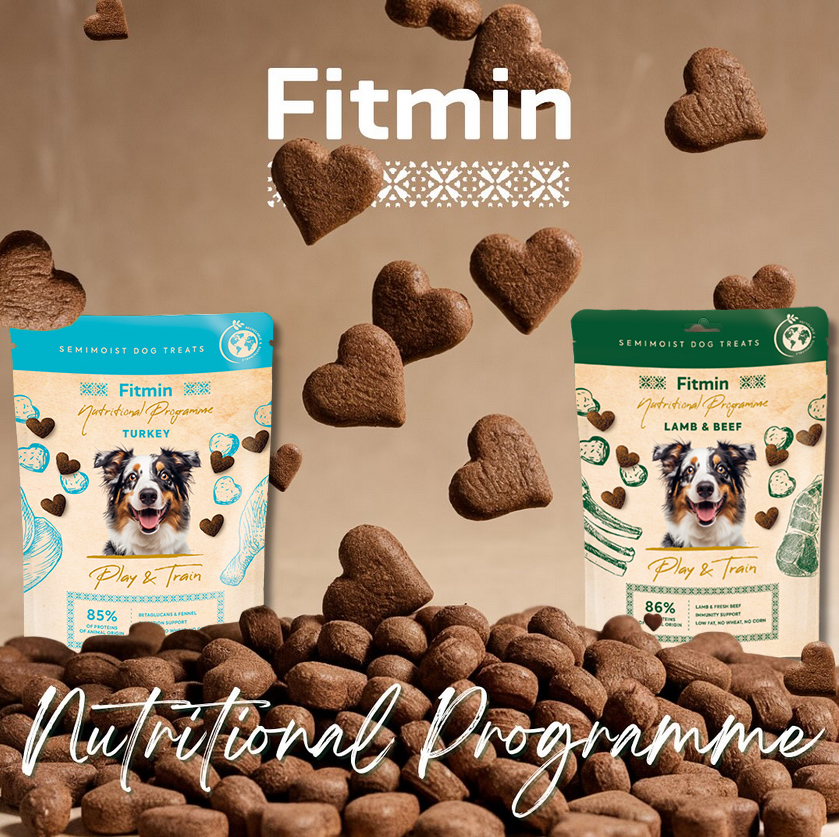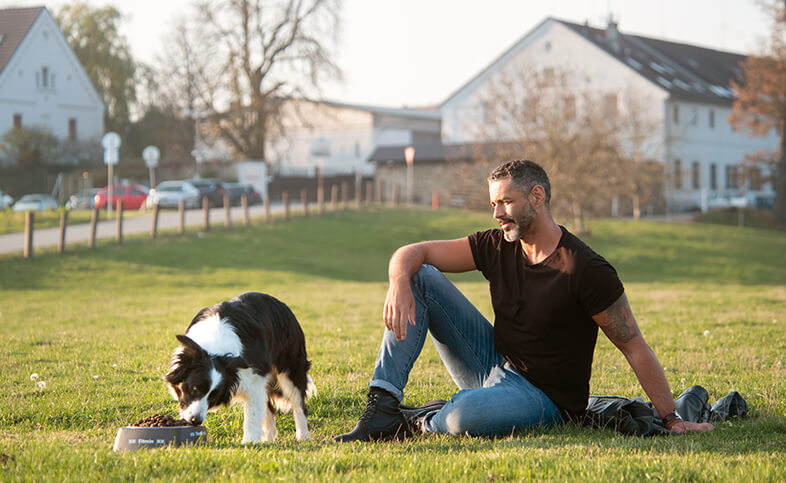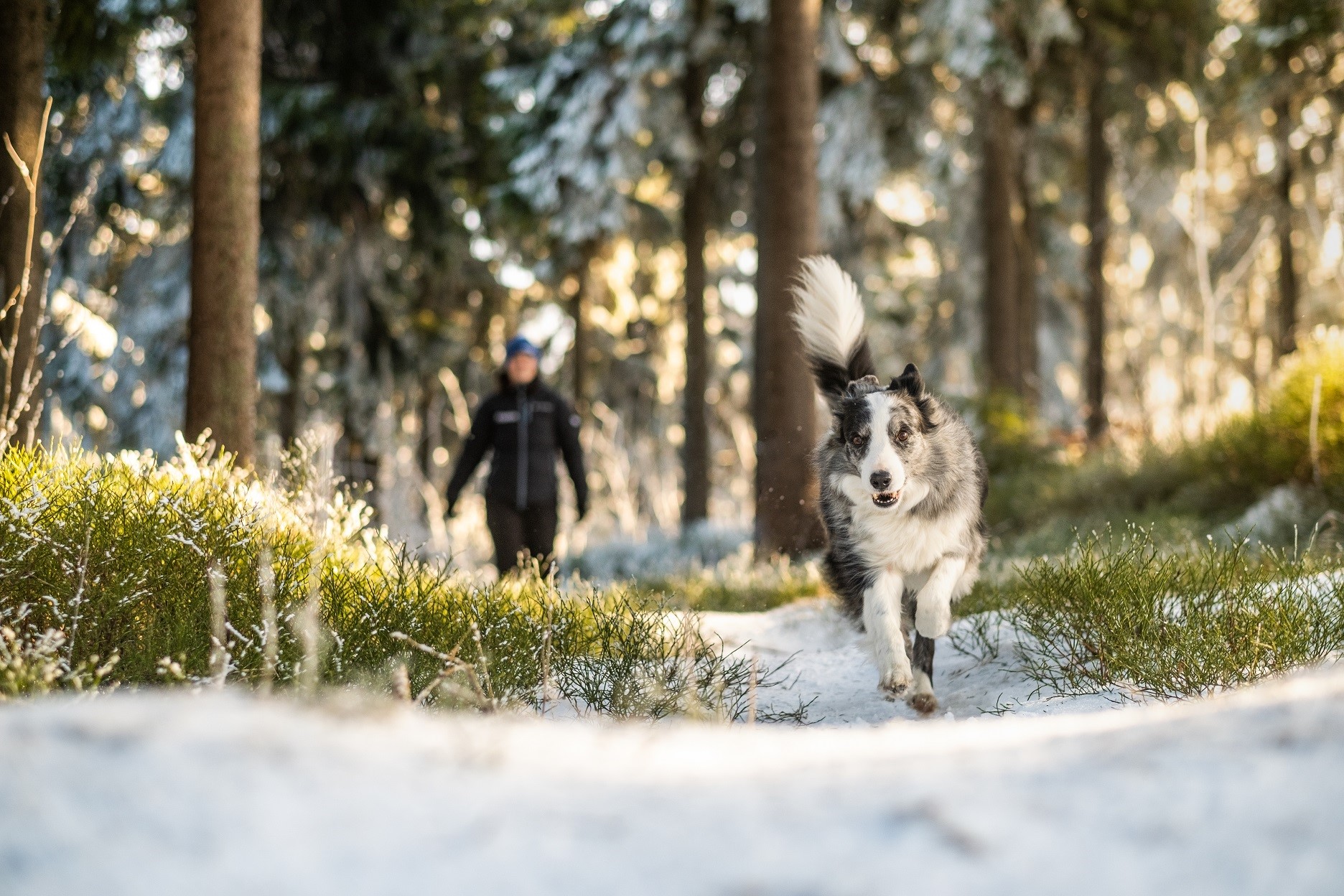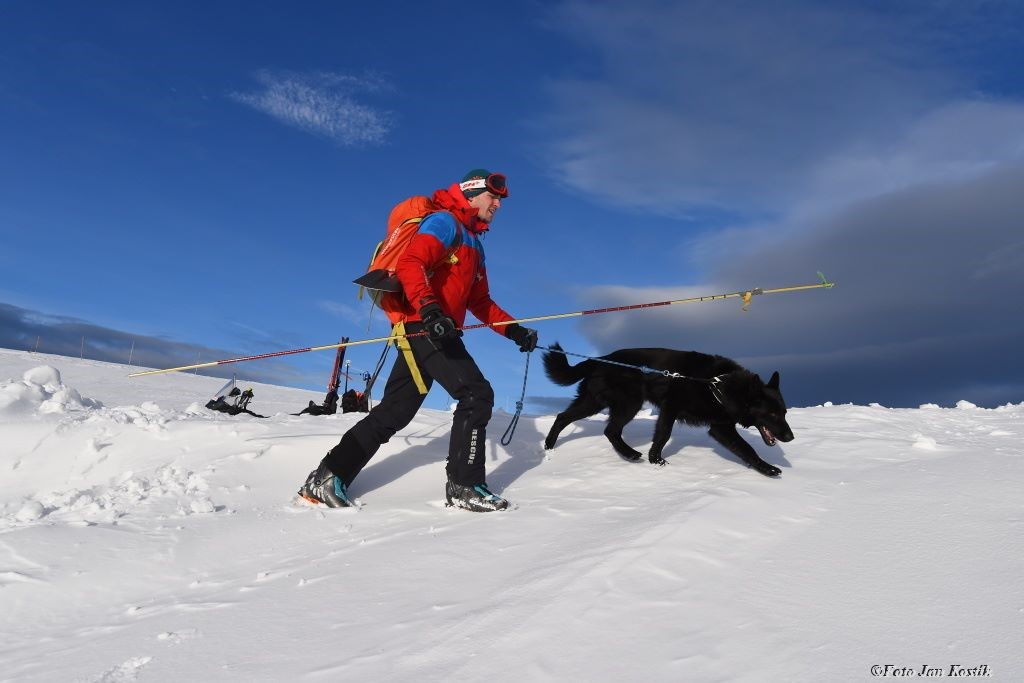Fitmin is proud to announce the release of our new Play & Train Treats for dogs
News

06. 05. 2025
Fitmin helps you digest what is true and what is not

06. 05. 2025
Fitmin is proud to announce the release of 3 delicious Fitmin purity wet food pouches for

13. 12. 2024
NEWS - Dibaq, the producers behind Fitmin, has announced the addition of a new warehouse

12. 08. 2024
Fitmin is proud to announce the release of our new Play & Train Treats for dogs

08. 02. 2024
How to enjoy the winter months with your four-legged friend in good health and well-being

08. 02. 2024
Fitmin Supports the Mountain Rescue Service of the Czech Republic

08. 02. 2024
Fitmin helps you digest what is true and what is not







